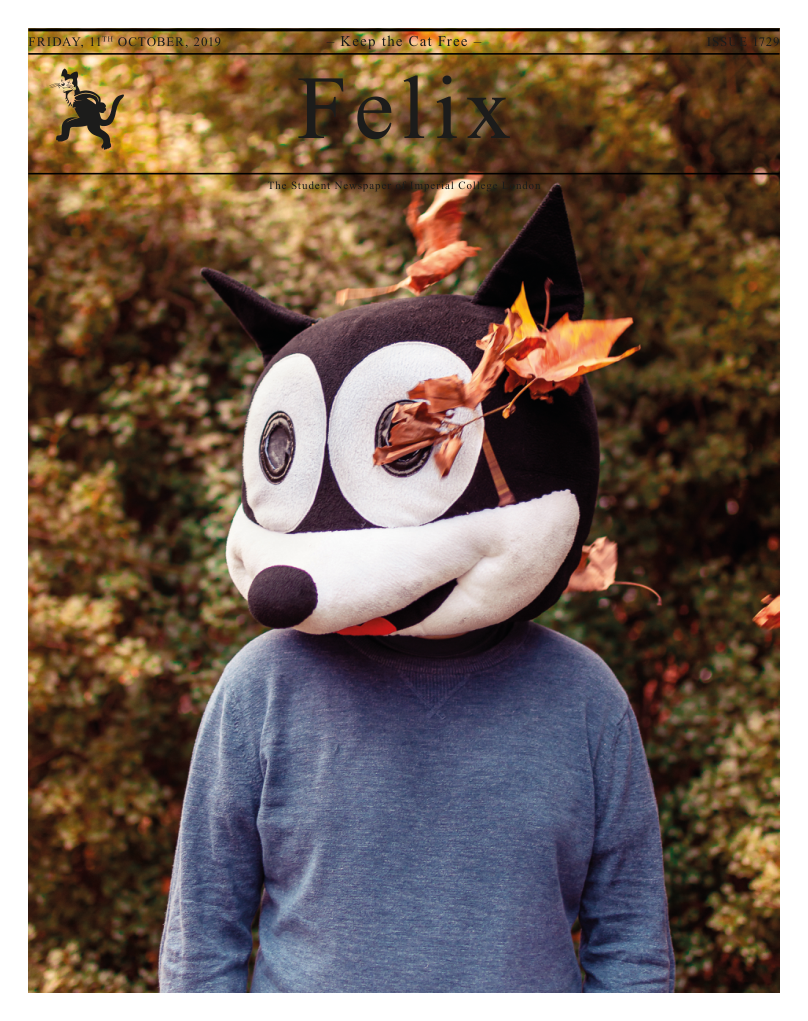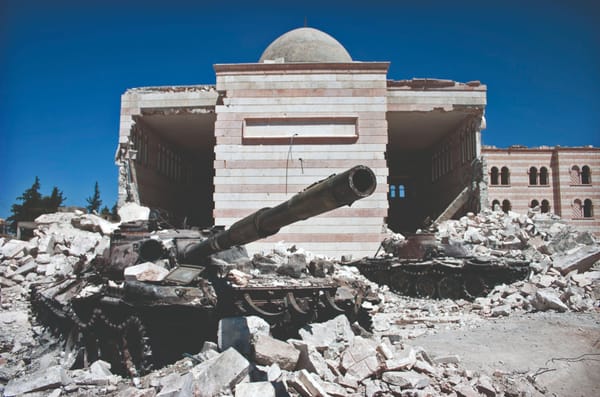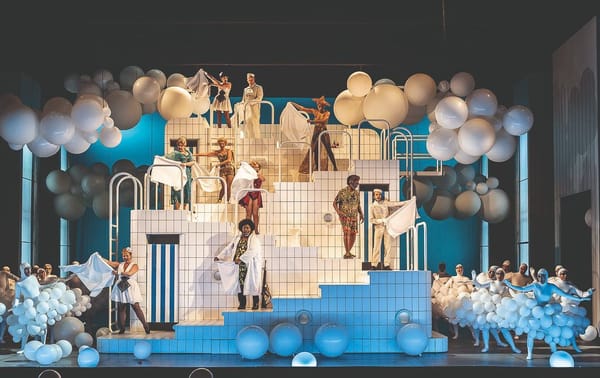Nara: Sacred Images from Early Japan
A beautiful collection of religious icons from one of Japan’s oldest capital cities

4.5 stars
The city of Nara in Japan is perhaps best-known today for the large number of deer found roaming in Nara park. However, make your way through these creatures once regarded as divine and you’ll find Todaiji temple, one of Japan’s largest and most historically significant Buddhist temples. Originally constructed in 752, it houses a collection of over 9,000 sacred art objects, with many having such cultural value that they are deemed national treasures. It is these that are the subject of the new British Museum exhibition ‘Nara: sacred images from early Japan’.
This display brings together a collection of 15 Buddhist and Shinto objects from various temples and shrines across Nara. Among the items on view are five national treasures, none of which have ever been in the UK. On show alongside the objects are a collection of paintings from the British Museums’ own collection.
The collection exhibited is small, but this works in its favour as there is nothing superfluous here. Each object is beautiful and in a remarkable condition given that some of them are over 1000 years old. Highlights include ‘Yumechigai Kannon’, a 1300-year-old bronze sculpture of a deity believed to be able to change bad dreams to good ones, and the wonderfully expressive ‘Divine Kings’, two wooden statues perched atop a pair of worried-looking demons.
This exhibition is split across two rooms, annoyingly on opposite ends and different floors of the museum. Most of the display can be found in the newly renovated Japanese Galleries. The natural wood and white walls work well, giving the impression of the temples where the items normally reside. However, the pairing of such significant objects with the paintings from the museums own collection can at times mean they distract from each other. The objects are the stars here, so perhaps it would have been better to give them a bit more room to breathe without the additions .
An emphasis has been placed on this exhibition being a cultural exchange, which is understandable given the complicated history involved with some of the key items in the British Museum’s collection. In making your way to the Japanese galleries you might pass the Easter Island statue (maoi), Hoa Hakananai’a, which received emotional pleas for its return from the Easter Island governor in 2018. We are truly lucky to be able to see such an object in person, but the experience is tarnished knowing the culture that created it desperately wants it back, and that their requests have been refused. This is absent from the Nara display, where there is a real sense of enthusiasm from those in Nara who helped organise the exhibition. The governor of Nara Prefecture, Arai Shogo, speaking of the art on loan, hoped this exhibition would ‘convey their beauty and spiritual essence’, which it certainly does.
If you have any interest in Japan, the beautiful collection of objects at this short-but-sweet exhibition is worth a visit.









